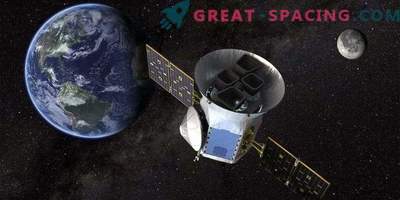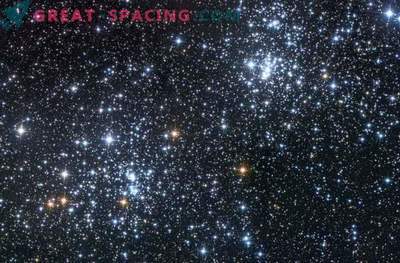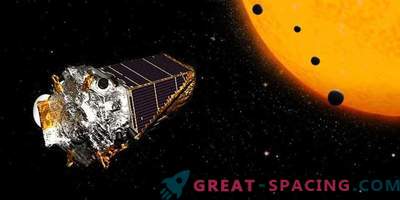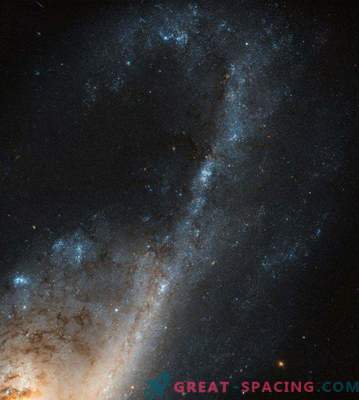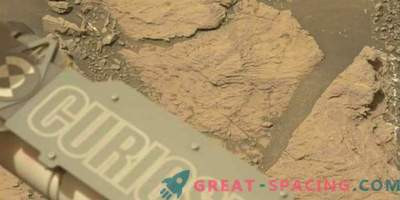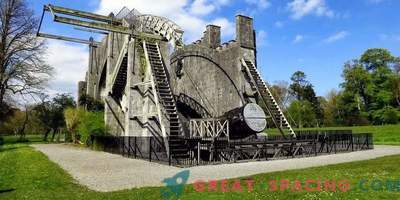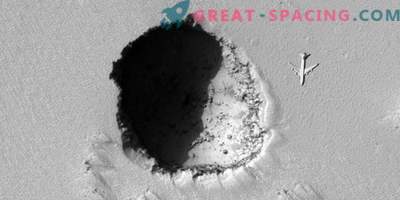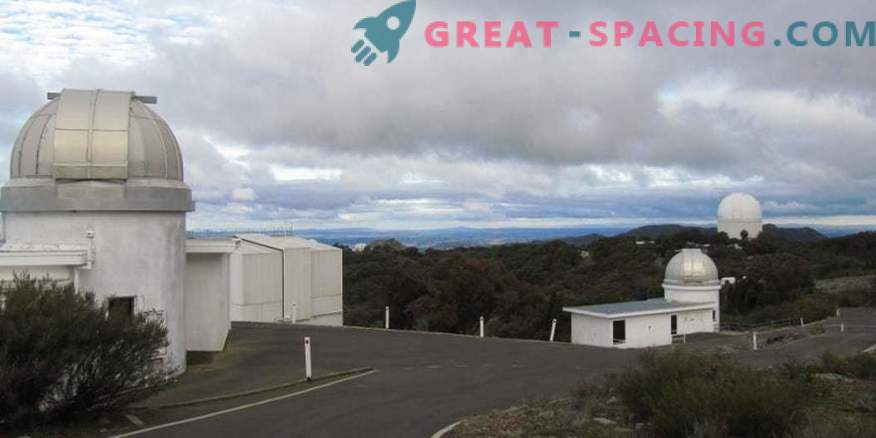
An innovative tool (cost - $ 3.8 million) is preparing to become a first-class hunter of terrestrial planets. The Veloce instrument was designed for the 4-meter Anglo-Australian telescope (AAT), Australia’s largest optical telescope located at Siding Spring Observatory.
Veloce is valuable for detecting tiny speed fluctuations caused by the passage of planets near the host stars. This is the first Australian object capable of providing extremely high accuracy of the speed measurement needed to search for small planets. They are important, because it is this type that is rocky and potentially suitable for life.
Veloce is able to find worlds around small and weak red dwarfs (M-dwarfs). These stars are so dim that a potentially habitable planet has to be located at a small distance. This makes it easier to record the speed fluctuations of the planets, so that Veloce can measure their masses.
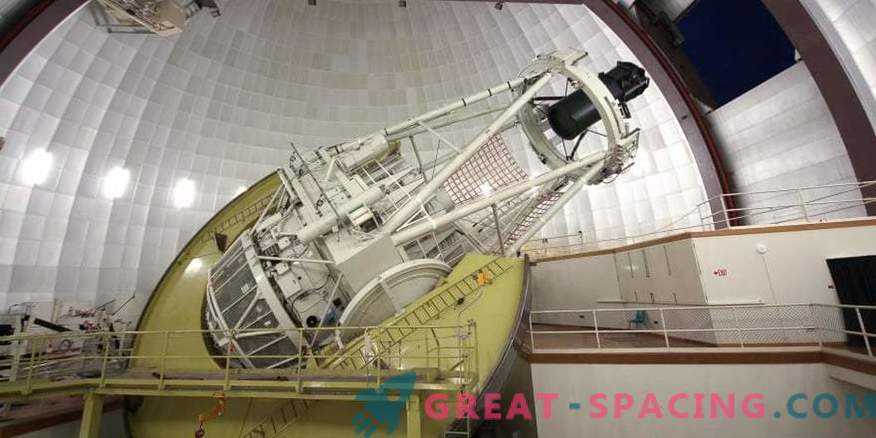
The Anglo-Australian Telescope (AAT), located at Siding Spring Observatory
The launch started a few months after the NASA TESS satellite began to survey the sky in search of planetary transits (passing the planet in front of a star). During the first month of work, TESS managed to find 75 candidate planets. Veloce is one of the few projects in the southern hemisphere that can determine the exact nature of objects by calculating their mass. And it only functions on red waves, which is ideal for observing red dwarfs.

Artistic vision of a small planet
The instrument managed to see the first photon from an astronomical source in September. The following month should receive a set of data. The first goal was the star Tau Kita. Then the unit switched to new TESS candidate planets. It is worth noting that in the south there are similar objects on the territory of Chile, but with Veloce everything is a little different, as it functions in red waves, not yellow ones, like the others.
Veloce is a great example of collaboration between Australian engineers and scientists. Instruments like the AAT telescope, built in the 1970s, are capable of conducting innovative research and moving science forward.
